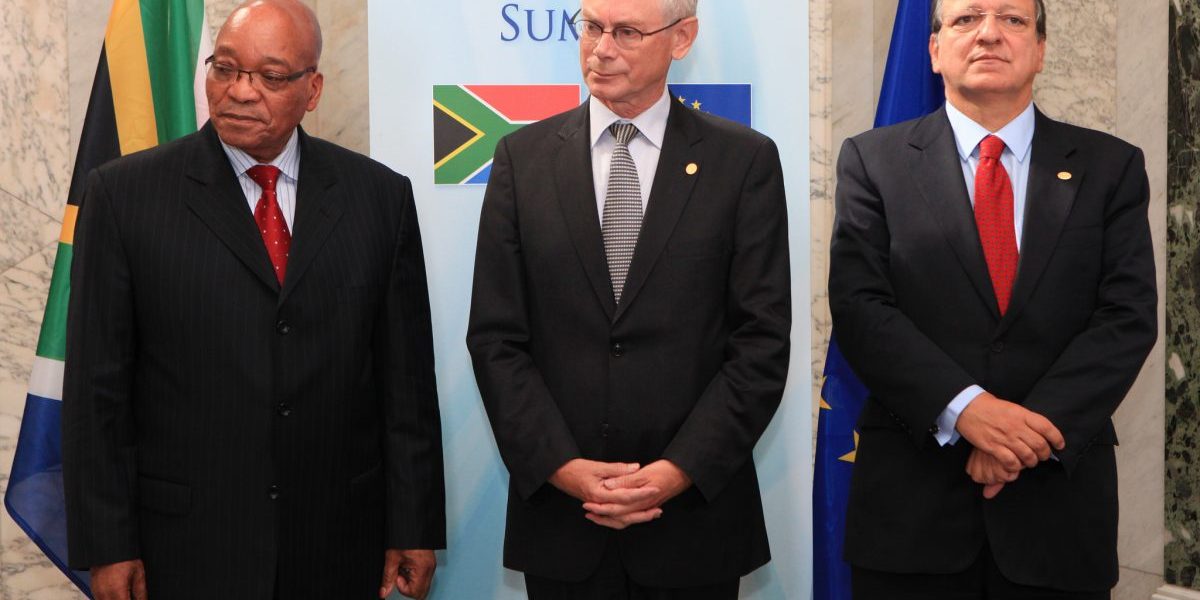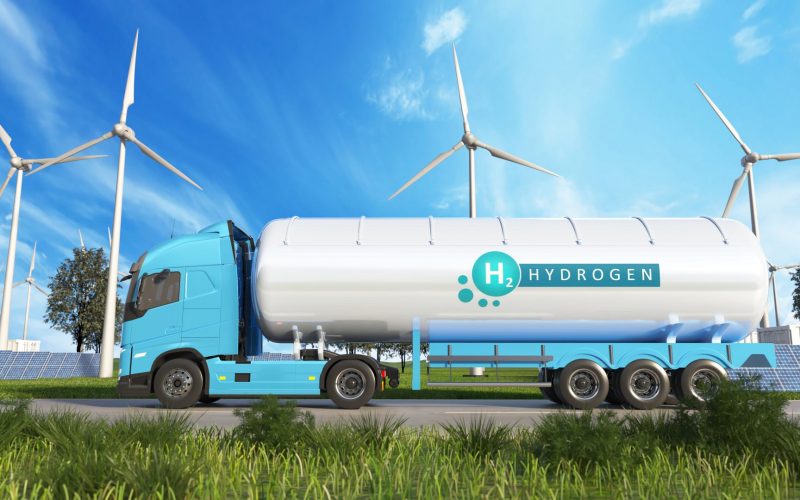At the heart of the difficulties are the Economic Partnership Agreements (EPAs) which countries of the African, Caribbean and Pacific (ACP) grouping are negotiating to get preferential access to European markets. A number of southern African countries have just signed an Interim EPA (IEPA) with Europe but South Africa has baulked at signing, threatening the future of the Southern African Customs Union – the world’s oldest.
Resolving the difficulties will require a lot of political will and sensitivity from both South Africa and the EU, writes AllAfrica guest columnist Nkululeko Khumalo of the South African Institute of International Affairs.
Prospects for the successful conclusion of EPAs have never been good. The whole negotiation process seemed doomed to fail from the very beginning. The fear of losing market access left most ACP states falling outside the Least-Developed Countries (LDC) category with no choice but to initial interim EPAs (IEPAs) before their preferences expired on 31 December 2007. The IEPAs are therefore a stop gap measure meant to prevent trade disruptions while negotiations on fully-fledged EPAs continue.
Though some countries may have seen some opportunities in the EPAs it is doubtful if any agreement (not even a goods only arrangement which the IEPA represents) would have been signed before this deadline but for the pressure to preserve preferential market access. Though EPAs are meant, inter alia, to promote regional integration, they have fragmented existing regional economic bodies across Africa, in particular – for the purposes of this article – the oldest customs union in the world, the Southern African Customs Union (SACU).
So, will SACU survive the EPAs? Now that preferential access to the EU has been secured what are the prospects for the conclusion of the fully-fledged agreements in the EPA group covering the Southern African Development Community (SADC)? And what are the broader implications of other groupings involved in the second phase of negotiations for a full EPA?
The EPA talks have caused serious problems and threaten the very existence of SACU. The fact that Botswana, Swaziland, Lesotho and Namibia (the last with some reservations) have signed the interim EPAs and South Africa has not undermines the integrity of the customs union since there will now be two different external tariff regimes.
Further, since the SACU Agreement prohibits any member state from negotiating and entering into trade agreements with external partners without the consent of other members, South Africa could legally challenge the IEPAs by simply withholding its consent. In the poisoned atmosphere that is currently prevailing within SACU such an approach could precipitate its dissolution.
Clearly, there are many issues arising from the first phase of the EPA negotiations that need to be resolved before we even think about the next phase.
The priority for now should be to get South Africa on board. That would require a renegotiation of some IEPA provisions, especially the controversial “most favoured nation” (MFN) clause. This enjoins EPA signatories to extend to the EU any trade concession that they grant in future to a third party as long such third party is a developed country or has a one percent share of world merchandise exports (read China, India and Brazil).
South Africa and Namibia have correctly objected to this provision. This is because the primary purpose of a bilateral or regional deal is to exchange concessions that are better than what is available to outsiders.
If for instance China realizes that entering an agreement with SACU means 27 or so developed countries in the EC automatically get similar treatment, the incentive to do so could be severely diminished. Other problematic issues in the IEPA include provisions that prohibit the introduction of export taxes. Namibia is concerned about the constraints this provision puts on their ability to use export taxes to promote domestic processing, notably of hides, but more broadly as a policy instrument for development purposes.
Regarding the second stage of the EPA negotiations, only Botswana, Lesotho, Mozambique and Swaziland will participate. South Africa has made it clear that it will not countenance an agreement which include services trade liberalisation and disciplines on new generation issues like investment. Namibia also refused to take part in the second phase even though they initialed the IEPA.
The key issues in the next stage would be services trade liberalisation and negotiating a chapter on investment. On services three obligations are identified in the IEPA: liberalise one services sector by 31 December 2008; commit not to introduce new and discriminatory measures (standstill clause); and agree to negotiate progressive liberalisation with substantial sectoral coverage within three years after the conclusion of the EPA.
Meeting the deadline for liberalizing one service sector is unlikely since the countries would be pre-occupied with first-phase issues as shown above. In addition there will be no pressure to sign in order to keep a preference as was the case when they initialed the IEPA.
However the participating countries have been promised capacity-building assistance to strengthen their domestic regulatory frameworks, which might act as an incentive to take these talks seriously.
The three-year period for a full agreement is unrealistic too considering the breadth of the services sector. At SADC level these countries aim to liberalise only six sectors and the process has taken a long time. Moreover the IEPA provides for an agreement to negotiate, which does not mean an agreement must actually be concluded, therefore the talks may drag on inconclusively without breaching the IEPA.
Concerning investment, the mandate is simply to negotiate and no timeframes are set. Again, this could take a long time to conclude without necessarily breaching the IEPA.
In conclusion, it is clear that EPAs present a big challenge to SADC EPA countries, particularly SACU member states. The priority at this stage is to bring SA to sign the IEPA and flexibilities will have to be introduced into the agreement in order to do so. This would require a lot of political will and sensitivity from SA and the EU.
The second phase is not really a problem for now since all that is required is commitment to negotiate. The same logic applies to all ACP countries that have signed the IEPAs. However, they should not rest on their laurels but demonstrate a willingness to conclude the second phase of talks and take advantage of the capacity-building assistance.






